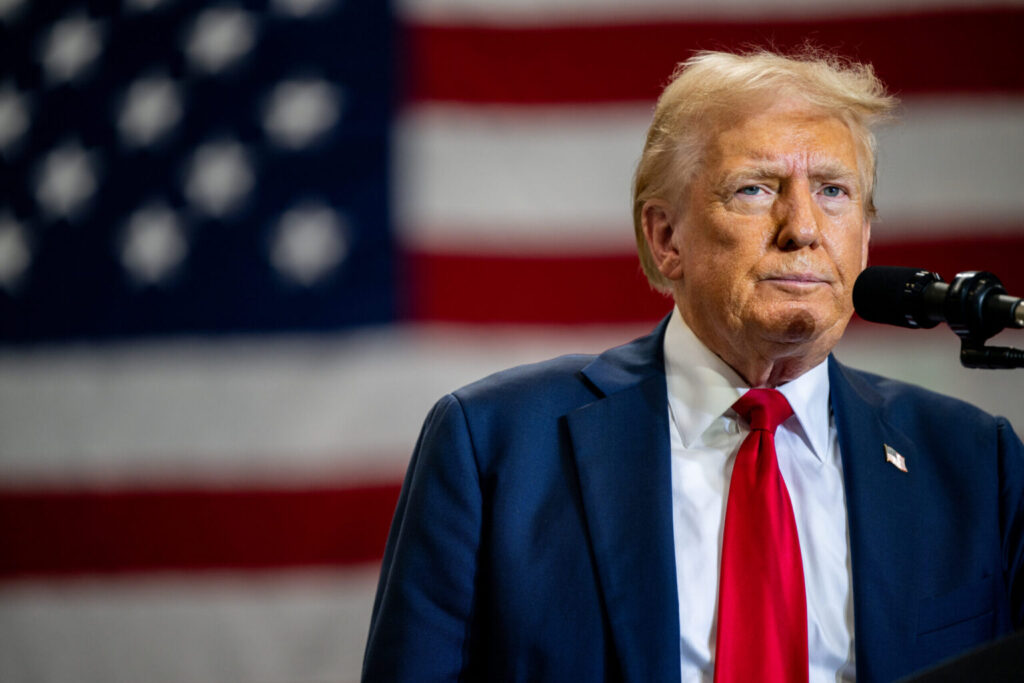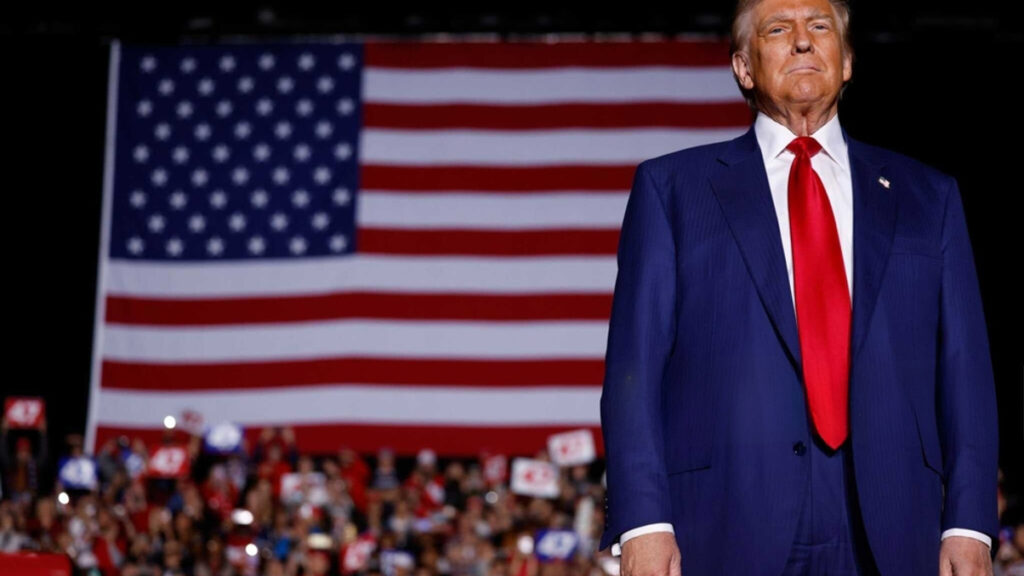President Donald Trump’s latest wave of tariffs is not only reshaping global trade relationships—it’s also sending unexpected ripples through the currency markets. Most notably, the U.S. dollar is showing signs of weakness, contrary to traditional economic forecasts. For investors, however, this shift presents a unique window of opportunity.
A Surprising Dollar Decline
Historically, tariffs have had a strengthening effect on the dollar. The theory is straightforward: by taxing imports, the U.S. reduces its trade deficit, thereby lessening the amount of dollars flowing out of the country and increasing demand for the currency. However, recent developments suggest a more complex reality.
Since the announcement of widespread tariffs on imports from key trading partners like China, Mexico, and the European Union, the U.S. dollar has softened rather than strengthened. Market analysts point to growing investor uncertainty, trade tensions, and the potential for retaliatory measures from foreign governments as causes for concern.
According to MarketWatch, this weakening trend is largely driven by a shift in investor sentiment. While tariffs may offer some long-term economic gains, the immediate impact is increased market volatility and concerns over inflation and global growth.
The Bigger Picture: Market Volatility and Investor Sentiment

The White House’s position, as outlined on the U.S. Trade Representative (USTR) website, emphasizes that tariffs are designed to protect American jobs and industries. However, the resulting uncertainty has made investors cautious.
“Currency markets don’t just respond to trade balances,” says a senior currency strategist quoted by MarketWatch. “They also reflect investor sentiment—and right now, sentiment is shaky.”
This uncertainty has prompted some investors to pull back from dollar-denominated assets in favor of international investments, commodities, and other safe havens.
How Investors Can Capitalize
Despite the turbulence, savvy investors are finding ways to benefit from the shifting financial landscape. Here are three strategies gaining traction:
1. Diversify with Foreign Assets
As the U.S. dollar dips, foreign stocks, bonds, and currencies become more attractive. A weaker dollar means that gains made in foreign currencies are amplified when converted back into U.S. dollars. This makes international funds and ETFs particularly appealing right now.
Investment firms are encouraging clients to look at opportunities in emerging markets and stable economies in Asia and Europe. Tools like international mutual funds or ETFs allow investors to tap into this potential without taking on excessive risk.
2. Bet on U.S. Exporters
Not all American companies are hurt by a weaker dollar. In fact, many U.S.-based multinational corporations benefit when the dollar falls. That’s because their goods and services become cheaper—and more competitive—on the global market.
Industries such as agriculture, manufacturing, and technology stand to gain. Investors may want to look at firms with a large share of international revenue. For example, companies like Caterpillar, Boeing, and major tech firms often benefit from favorable currency shifts.
3. Look to Commodities and Precious Metals
Traditionally, assets like gold and oil tend to rise when the dollar weakens. This is because these commodities are priced in dollars—so when the dollar loses value, their price in dollar terms often increases.
Gold, in particular, is considered a hedge against inflation and currency devaluation. With concerns about inflation on the rise due to import taxes, gold ETFs and mining stocks are seeing renewed interest.
Proceed with Caution

While these strategies may provide a buffer against volatility, experts warn that investors should tread carefully. The long-term effects of tariffs on the U.S. economy remain uncertain. A full-blown trade war could further disrupt global markets, raise consumer prices, and squeeze profit margins.
The Federal Reserve has also indicated it is closely monitoring the economic impact of trade policy and may adjust interest rates accordingly. Any sudden moves could have further implications for the dollar and broader markets.
Investors should consider speaking with financial advisors and ensuring that their portfolios are well-diversified across sectors and geographies.
What’s Next?
As trade policy continues to dominate headlines, investors should stay informed and agile. President Trump’s tariff strategy may evolve in the coming months, especially as other countries react and the global economic picture shifts.
Meanwhile, the U.S. dollar will remain a key barometer of investor confidence. Whether the greenback continues to weaken—or stages a rebound—will depend on how the trade landscape unfolds.
In the meantime, those who understand the dynamics at play and position their investments accordingly may find that there are profits to be made—even in uncertain times.

Vikas is a seasoned finance writer with a keen eye for unraveling complex global financial systems. From government benefits to energy rebates and recruitment trends, he empowers readers with actionable insights and clarity. When he’s not crafting impactful articles, you can find him sharing her expertise on Social Media. You can connect with him via email at [email protected].









